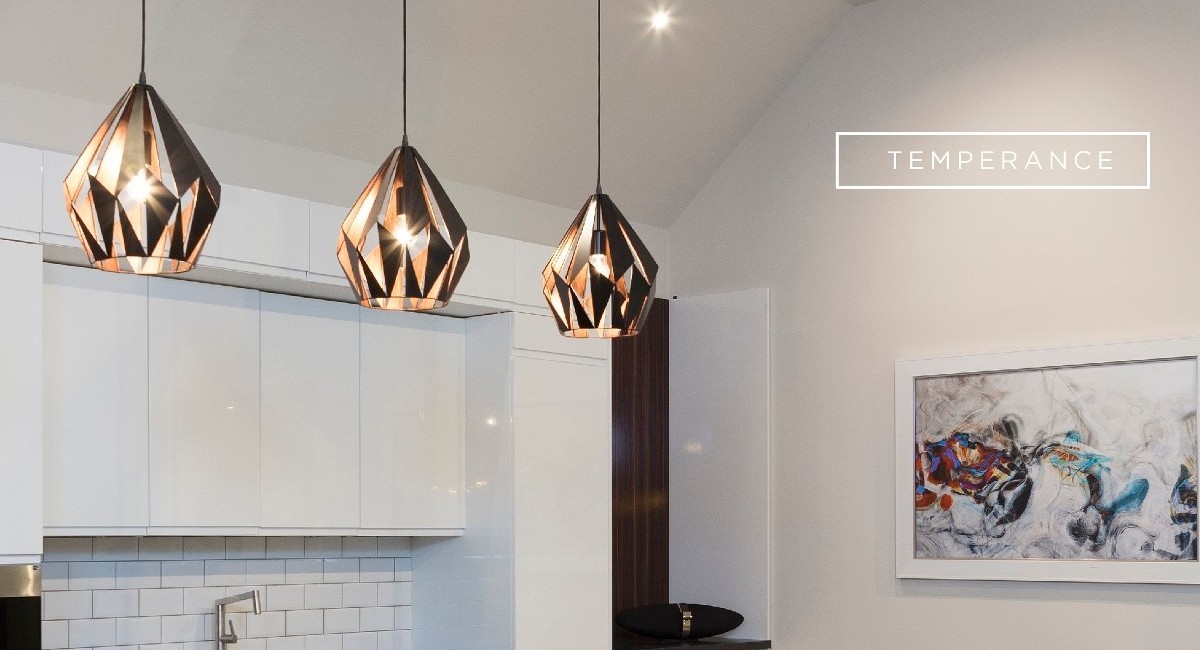- Tuesday 26 April 2022
- 0 Comments
Step-by-step instructions and advice from Colourtrend on how to paint your ceiling.
Also don't forget to consult our in-store experts for advice on colours and finishes.
Full range of testers in stock and Colourtrend paint mixing service available in all our locations - Bandon, Kinsale and Enniskeane.
For some interior inspiration from Colourtrend paints, click here
SURFACE PREPARATION:
Proper surface preparation is crucial to maximum finish performance. The durability of this product can be impaired by an unsound or poorly prepared surface.
Surfaces must be clean, dry and sound before painting.
If your ceiling is stained and/or flaking due to moisture and mould growth you will have to treat this prior to painting.
- Remove any flaking or loose paint
- Clean ceiling with anti-mould solution as per product instructions.
- Allow surface to dry
APPLICATION OF PRIMER:
- You may require primer if paintwork flakes back to bare plasterwork.
- If required, apply one coat of PRIME4 to surface. PRIME4 is a primer, sealer, and undercoat in one.
APPLICATION OF TOP COAT:
Apply two coats of selected finish, allowing each coat to dry fully prior to recoating.
FINISH OPTIONS:
To create a statement for your ceiling you can look to using a statement colour but also an alternative finish. Typically, ceilings would be coated in Interior Matt our flat, wipeable finish. However, you can create a statement by using Gloss finish. Gloss finish is normally recommended for wood or metal but if you have primed and prepared your ceiling well it can be used on interior plaster also.
MAKE IT A UNIQUE FEATURE:
Many people often forget to consider their ceiling or deem it to be unimportant when creating a scheme for their home, when in fact it is the largest single space of any room. Ceilings are not the main detail that you notice in a room, but they do have a major impact on the space.
Whether you want your ceiling to blend in, coordinate or contrast with your palette consider the tips below when building your scheme –
- A crisp white colour is probably the most popular option for ceilings, and if your walls are brilliant white or a clean white such as Milk Teeth or Cherished White it is best to continue the same colour on to the walls. However, if you have offwhite tones on your walls such as Alabaster White or Batch Loaf you should consider how the white of the ceiling will look next to it, and what level on contrast you prefer.
- If you want to make your space feel larger and brighter than it initially appears bringing the same colour from the walls on to the ceiling will. This de-emphasises the point where the ceiling meets the walls, creating a seamless flow from floor to ceiling and opening the space up – even with strong shades.
- A strong, contrasting colour on the ceiling works extremely well in featureless rooms. Even rooms with poor natural light can benefit from the addition of a feature on the fifth wall, adding character to the space. If you do not feel your room is ready for a full ceiling feature, consider creating a canopy effect with a feature colour. This design feature works particularly well in bedrooms. You can run the colour up the wall from the head of the bed and partially on to the ceiling, think of it as a modern day four poster bedroom recreation.


